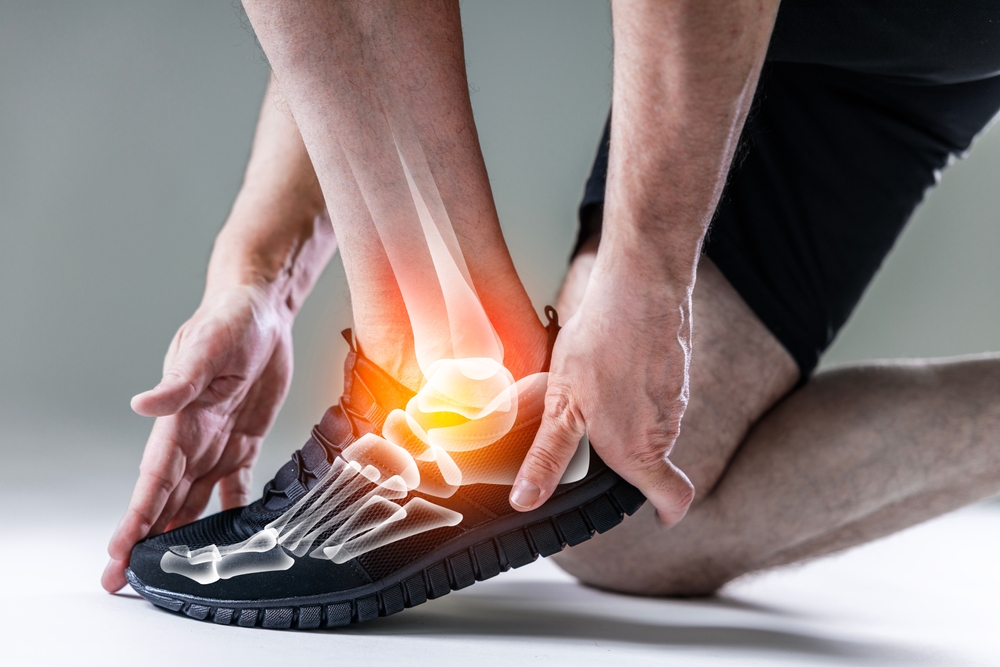Bursitis Treatment for Hip Pain: Walking, Surgery, Elderly Care
Bursitis is inflammation of small fluid-filled sacs (bursae) that cushion bones, tendons and muscles near joints. When bursitis affects the hip it can cause localized pain, stiffness and difficulty with everyday activities such as walking. Treatment focuses on reducing inflammation, restoring range of motion and addressing any underlying causes to prevent recurrence. This article outlines common non-surgical and surgical options and considerations for different age groups, with practical tips for recovery and maintaining mobility.

This article is for informational purposes only and should not be considered medical advice. Please consult a qualified healthcare professional for personalized guidance and treatment.
What is bursitis and how does it affect the hip?
Hip bursitis typically occurs when the bursa over the greater trochanter or inside the hip joint becomes irritated. Symptoms include sharp or aching pain on the outer hip, tenderness to touch, and pain that increases with activity or prolonged pressure. Diagnosis usually combines clinical exam with imaging such as ultrasound or MRI when needed. Identifying repetitive activities, biomechanical issues, or systemic inflammatory conditions helps guide treatment and reduces the chance of recurring hip bursitis.
How can walking and movement help or harm recovery?
Gentle walking and controlled movement often aid recovery by promoting circulation and preventing stiffness, but overuse can prolong symptoms. Short, frequent walks with supportive footwear and attention to gait mechanics are generally beneficial. Avoid actions that reproduce sharp pain; use assistive devices temporarily if needed. Physical therapists commonly provide graded walking plans and exercises that strengthen hip stabilizers while improving flexibility, which reduces strain on the bursa and supports a safe return to normal activity levels.
When is surgery considered for bursitis?
Most bursitis cases respond to conservative care, but surgery may be considered if symptoms persist for several months despite non-surgical measures or if a specific structural problem is identified. Surgical options range from bursectomy (removal of an inflamed bursa) to correcting tendon or hip joint issues contributing to irritation. Risks, expected recovery time, and alternatives should be carefully discussed with an orthopedic specialist. For many people, surgery is a last resort after failing targeted injections, therapy, and activity modification.
How is bursitis managed in the elderly?
Elderly patients may face additional considerations such as frailty, comorbidities, or altered healing capacity. Conservative management is often prioritized: activity modification, pain control with appropriate medications, physical therapy emphasizing safe balance and gait training, and lifestyle adjustments to reduce pressure on the hip. When injections or surgery are considered, clinicians evaluate overall health, functional goals, and recovery risks. Access to local services such as home physical therapy or outpatient rehabilitation can support safe mobility and reduce fall risk in older adults.
What conservative treatments and therapies are available?
Initial treatment typically includes rest from aggravating activities, ice, and short courses of anti-inflammatory medication when appropriate. Targeted physical therapy focuses on stretching tight structures, strengthening hip abductors and core muscles, and retraining movement patterns to offload the bursa. Corticosteroid injections can reduce inflammation for weeks to months and may be guided by ultrasound. Other options include activity modification, footwear changes, orthotics to correct mechanics, and modalities such as ultrasound or shockwave therapy in selected cases. Most people improve with these approaches within weeks to months.
Conclusion
Bursitis of the hip is a common and often treatable cause of lateral hip pain that can interfere with walking and daily activities, especially in older adults. A stepwise approach beginning with conservative care—activity modification, physical therapy, and targeted injections—addresses most cases. Surgery is reserved for persistent or structurally driven bursitis after thorough evaluation. Work with a healthcare provider to tailor treatment to your symptoms, activity goals, and overall health status.






